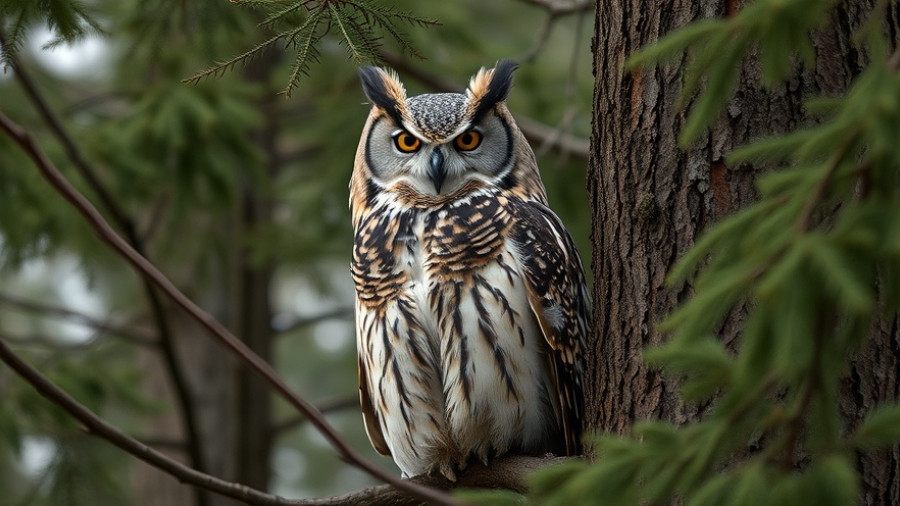
The Colville River's Thriving Ecosystem
The Colville River in Alaska is not just a scenic wonder; it serves as a vital habitat for various Arctic hawks and falcons. Observing these magnificent birds in their natural environment can offer insights into their intricate lives and the health of the ecosystem surrounding them. With the river's unique conditions, which feature both open waters and tundra, it provides abundant food sources that attract diverse avian species.
Why These Birds Matter
Understanding the significance of Arctic hawks and falcons extends beyond mere observation; these birds play a critical role in maintaining the ecological balance. As apex predators, they help control the populations of smaller animals, thus supporting the intricate web of life that flourishes along the river. Their presence indicates a healthy environment which is essential for local biodiversity.
The Impact of Climate Change
Climate change poses a significant threat to the habitats of these birds. With rising temperatures, shifts in prey availability, and habitat alterations can disrupt their breeding and feeding patterns. Addressing climate change is more than an environmental challenge—it’s an urgent call to action to protect the wildlife and ecosystems before it's too late.
Conservation Efforts and Community Involvement
The conservation of the Colville River and its avian inhabitants relies heavily on community engagement and awareness. Local organizations are crucial in fostering a sense of stewardship, encouraging residents and visitors alike to appreciate and protect these natural treasures.
What You Can Do
As a nature enthusiast, you can contribute to conservation efforts by advocating for policies that protect wildlife and by participating in local cleanup events near rivers and wetlands. Each small act can spark more significant changes in ecological preservation.
In summary, the Colville River is a remarkable site for birdwatching, particularly for those interested in Arctic hawks and falcons. Observing these birds in their natural habitat not only enriches our understanding of biodiversity but also highlights the urgent need for conservation.
 Add Row
Add Row  Add
Add 




Write A Comment